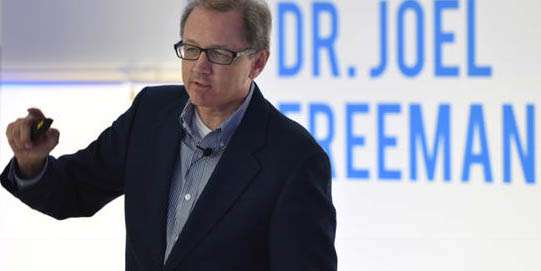DIVERSITY: The Value of Mutual Respect
My philosophy in presenting the subject of diversity is best understood when considering an onion with its many layers. Cultural. Professional status. Religious affiliation. Disability awareness. Generational influences. Gender differences. And so much more. Each layer presents another opportunity to discuss the best ways to work together with greater harmony, understanding and mutual respect. This is relevant in counseling, leadership, teamwork and when dealing with interpersonal conflict.
Everyone approaches workforce diversity in their own style. Some folks are more blustery and blunt in their approach while others are more quiet and reserved. It’s hard to know what they are really thinking. Attitudes may be strongly felt, but are not as readily accessible to co-workers. Still others deal with diversity as a task to be accomplished. For some their task is completed for that day when they leave to go home — picking up the next morning with the desire to continue with the completion of the task.
In these sessions I will administer a Diversity Awareness Personality Profile (DAPP). Everyone is tuned into Wii FM(What’s In It For Me). The DAPP will provide a very personal approach that will make the training experience more fun, memorable, and personally meaningful.
Understanding diversity begins by awakening the understanding our own “hot buttons” and discovering how and perhaps why we behave the way we do. People around us do not respond to our intentions. They respond to our behavior. Regardless of our individual values and convictions, it is paramount that co-workers treat each other with respect, compassion and integrity. (When we deal specifically with Cultural Awareness, we address eleven Symbols that impact every organization.).
My initial focus is in helping participants take an inward look, understanding more about their own strengths and vulnerabilities. This is done with a certain gentle artistry in which no one has his or her dignity or self-respect stripped in the process. It’s a lot of fun.
Then I help participants take an outward look — how they interact with others around them. Here we show participants how they can, not only understand their co-workers, but also have the skills necessary in exporting this knowledge to their other relationships. People who are happier at home tend to be happier and more productive at work and vice versa.
This gives everyone a deeper understanding of Diversity: The Value of Mutual Respect.
Working in a diverse environment stretches and challenges everyone’s internal world. Gender, race, religious differences, generational issues and other layers cause all of us to take a brand new look at personal prejudices and narrow-mindedness. At the same time, each new layer provides another wonderful opportunity to seek to understand before seeking to be understood. – www.DiversityCrazy.com (Near the bottom of this website is the difference between a proactive and reactive approach to diversity.)
Training, education and skills determine the “what” we do. Values are the “why” we do things the way we do them. Behavior and emotions are the “how” we do what we do. Co-workers do not respond to intentions, they respond to behavior. That is why I focus most upon the “how” and what sponsors it from the inside out.
- HOW: Determine your personal approach to diversity
- PROBLEMS – How you approach the diverse problems and challenges
- PEOPLE – How you interact with and attempt to influence others
- PACE – How you respond to change and activities
- PROCEDURE – How you respond to rules and regulations set by others
Cross-cultural competence benefits in obvious ways in the therapeutic setting. Civility in any organization must be expected and is imposed externally by any organization wishing to remain competitive. But there is higher level of success that emerges from harnessing the power of mutual respect and cross-cultural understanding. Mutual respect must spring from the internal structures of each individual. For this to truly capture the culture of the organization this must cascade down from the senior leadership to every level of the organization — enhancing creativity, productivity and an emotionally safe environment.
